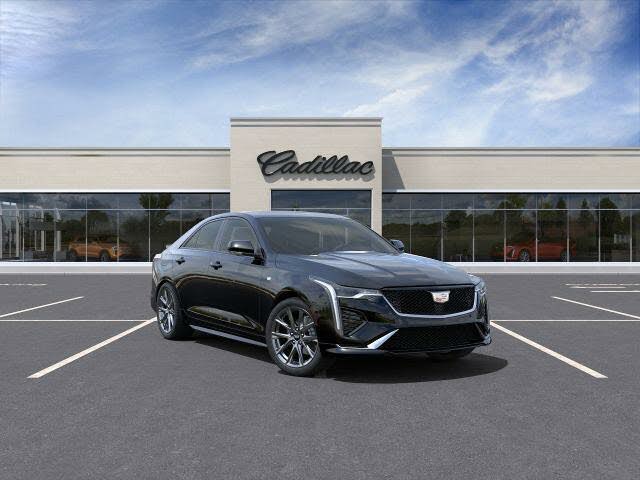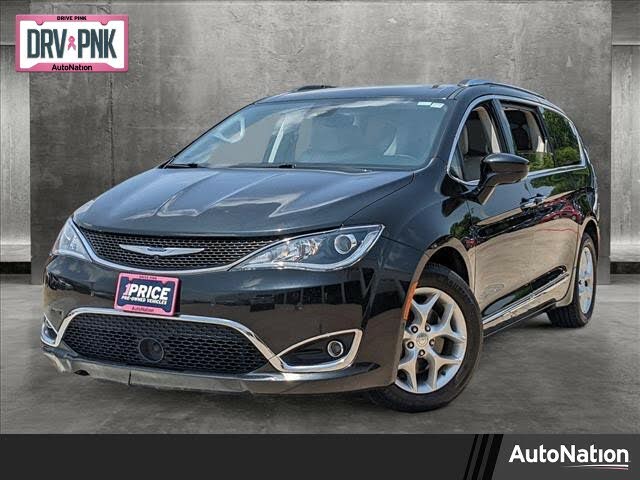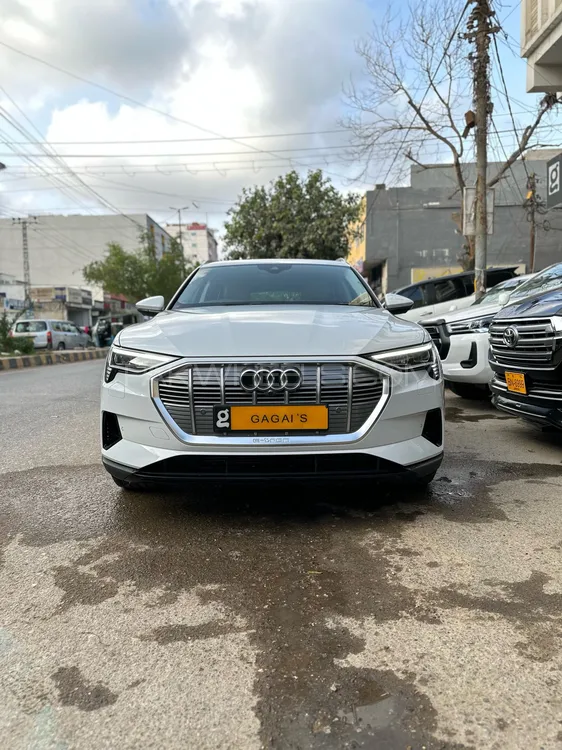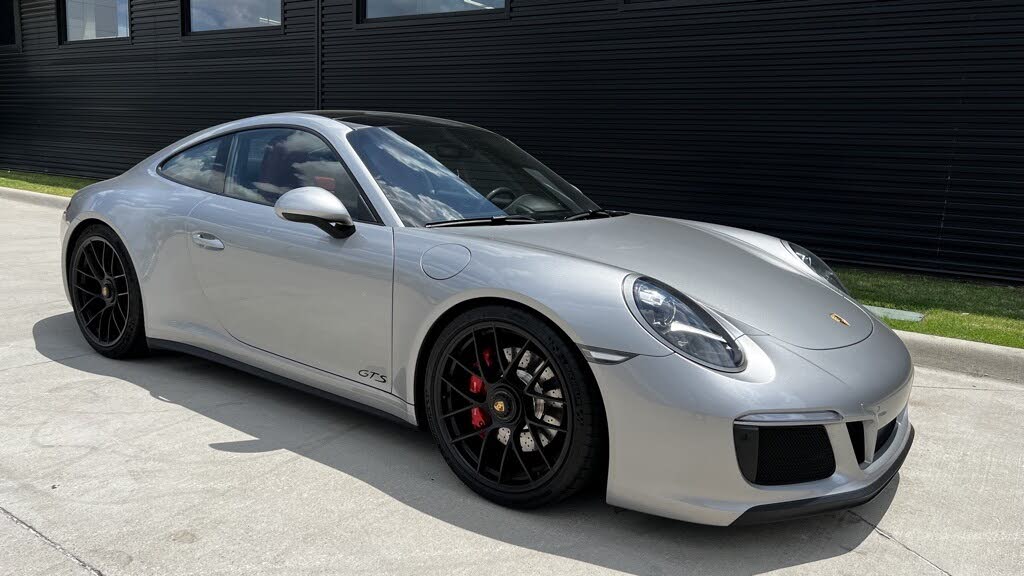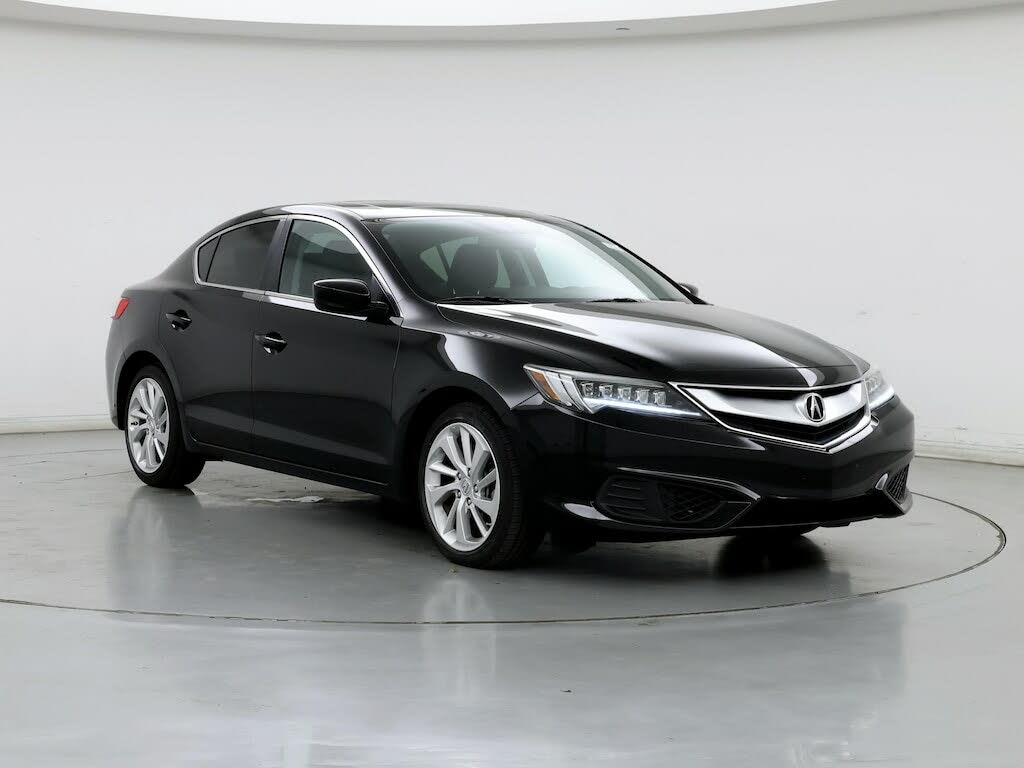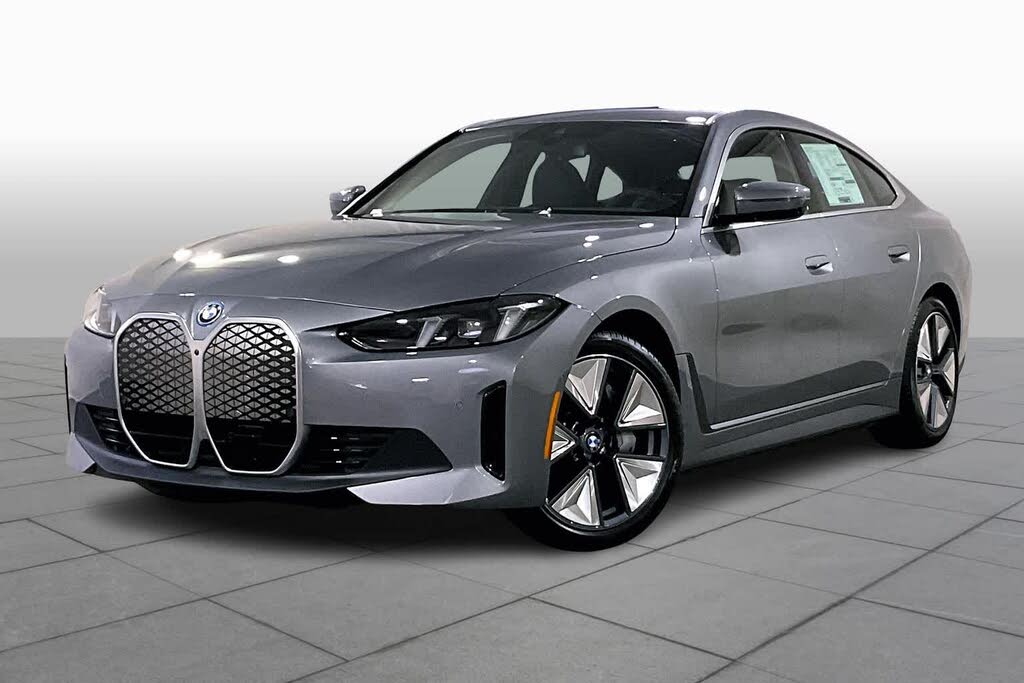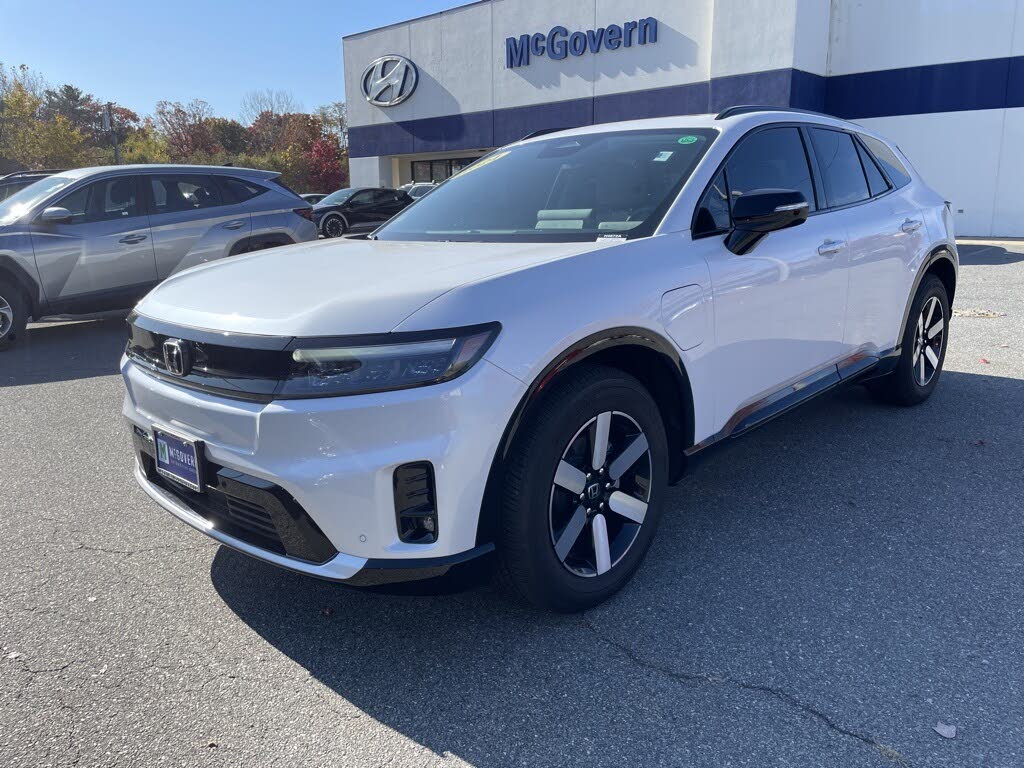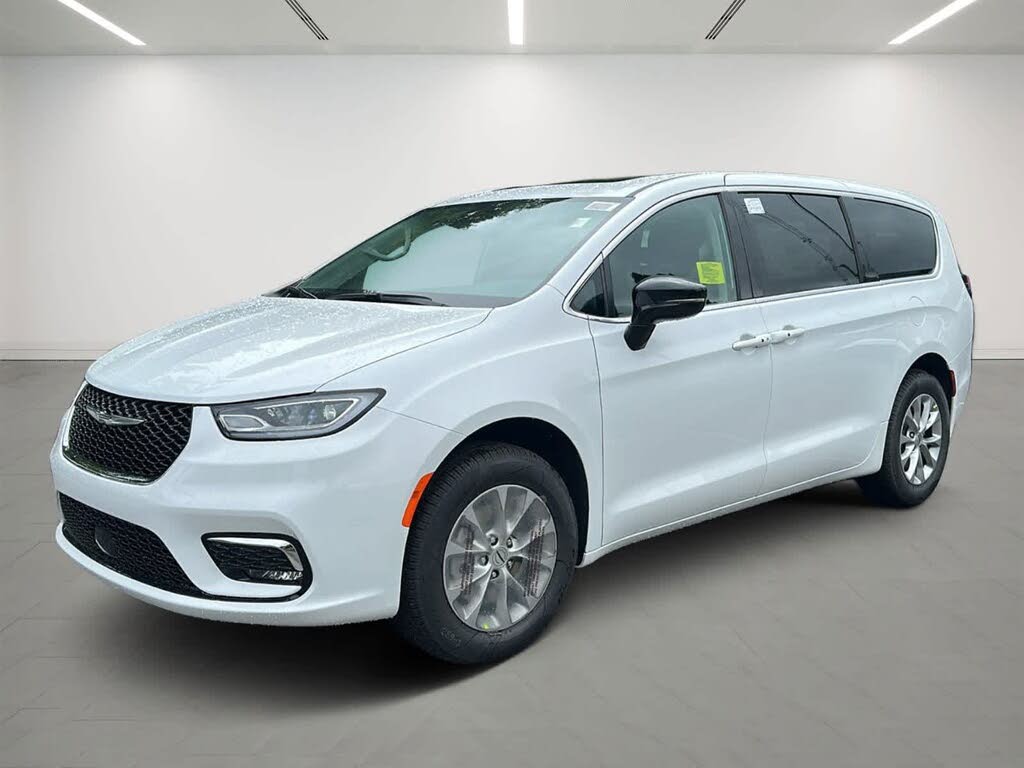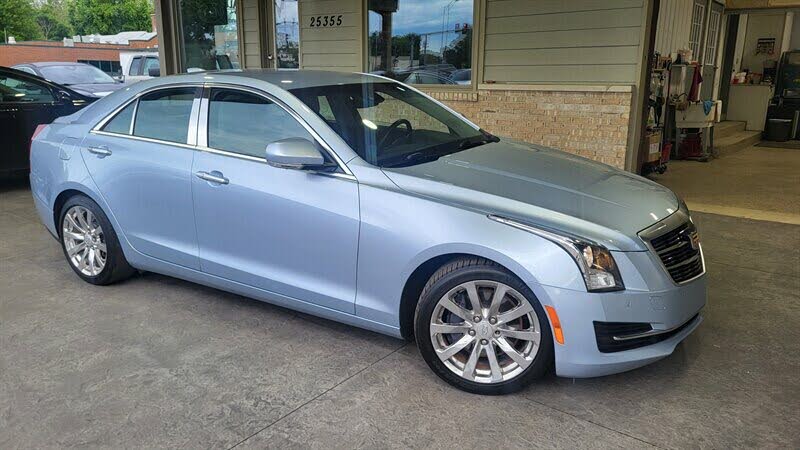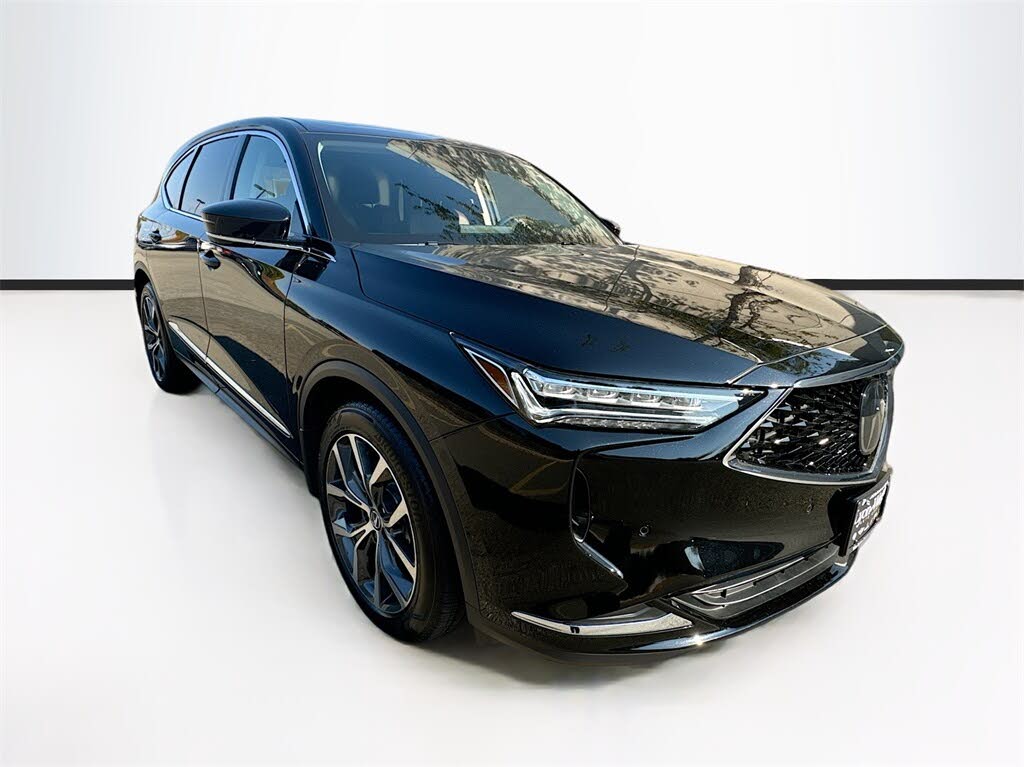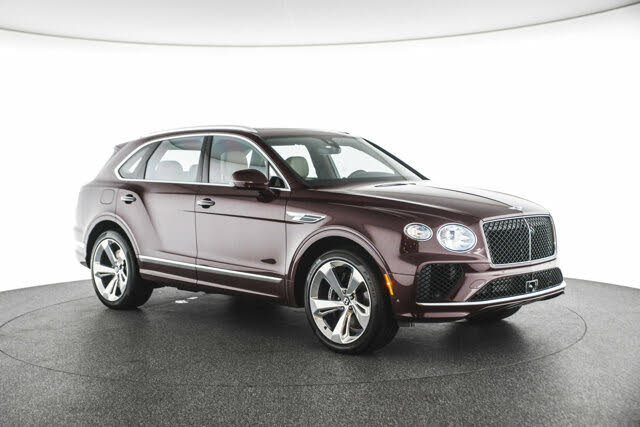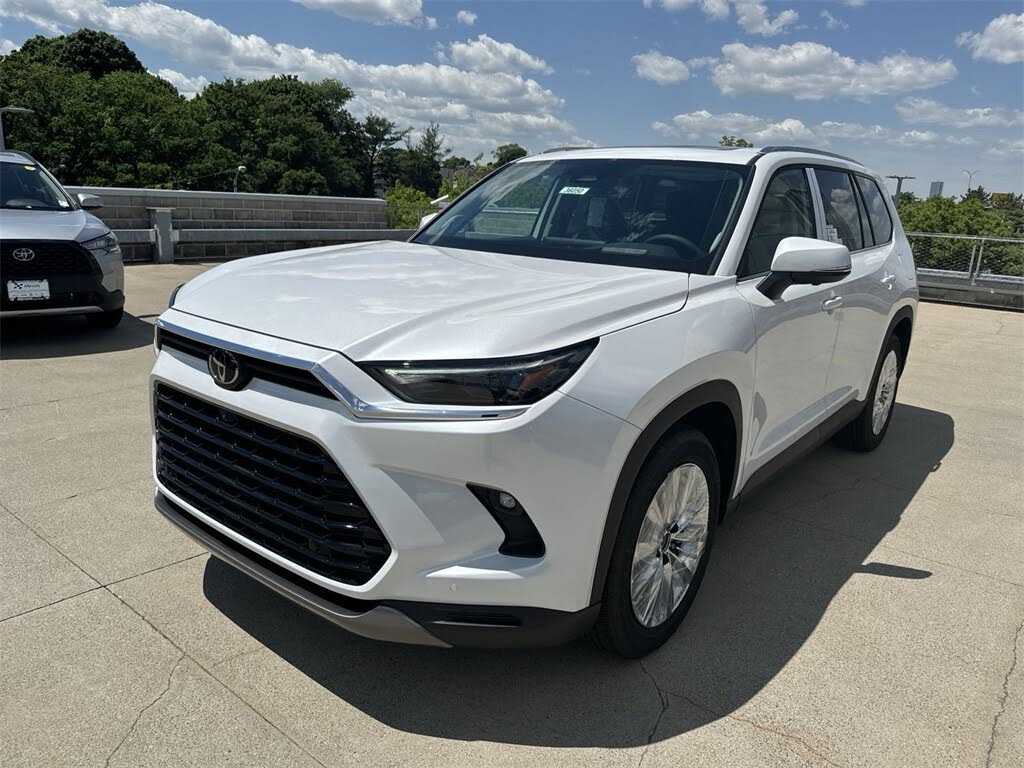Home > News & Blogs > Crash-Avoidance Technology May Cause Issues After Vehicle Repairs
Crash-Avoidance Technology May Cause Issues After Vehicle Repairs
Crash-Avoidance Technology: Advancements, Challenges, and Consumer Insights
Introduction to Crash-Avoidance Technology
Crash-avoidance technology has transformed the automotive industry, offering enhanced safety features designed to minimize accidents and fatalities. Innovations such as blind spot monitoring, forward collision warnings, automatic emergency braking, and rearview cameras have significantly contributed to road safety. However, recent studies highlight an emerging concern—while these systems are effective in preventing accidents, repairing them after a crash poses notable challenges for vehicle owners and repair shops alike.
Understanding the Scope of Crash-Avoidance Systems
These safety features utilize advanced sensors, cameras, and software algorithms to detect and prevent potential collisions. They are now standard in many new vehicles and are expected to become even more prevalent in the coming years. However, while these systems are engineered to withstand crash forces, repairs and recalibrations present significant hurdles.
--TOP ADVERTISEMENT HERE--
Research Findings on Post-Repair Issues
A study conducted by the Insurance Institute for Highway Safety (IIHS) surveyed over 3,000 vehicle owners with crash-avoidance technology. Among those who had repairs done on their vehicles’ safety systems, nearly 50% reported ongoing issues after the repair process was completed. This suggests that post-repair performance is not always reliable, often requiring multiple visits to the repair shop to rectify persistent malfunctions.
Challenges in Repairing and Calibrating Crash-Avoidance Systems
Crash-avoidance features rely on precisely calibrated sensors and cameras, making the repair process both intricate and expensive. Calibration involves aligning these components accurately to ensure the system functions as intended. A seemingly simple windshield replacement, for instance, can cost as little as $250, but when a vehicle is equipped with front crash-prevention technology, that cost can exceed $1,000 due to necessary recalibrations.
--FIRST CONTENT ADVERTISEMENT HERE--
One of the biggest challenges repair shops face is the variability in calibration procedures across different automakers. Some vehicles require specialized training, tools, and software updates, which not all repair centers can keep up with, leading to a higher percentage of repeat repairs.
Impact on Vehicle Owners
For vehicle owners, the inconvenience of multiple trips to a repair shop and the uncertainty of post-repair reliability can be frustrating. Some owners report experiencing sensor misalignment, delayed warnings, or false alerts after their systems were supposedly fixed. These issues highlight the need for standardized repair protocols and increased technician training to ensure proper system functionality after repairs.
--SECOND CONTENT ADVERTISEMENT HERE--
The Growing Market for Crash-Avoidance Technology
Despite the repair challenges, consumer demand for crash-avoidance features remains strong. The IIHS study found that a vast majority of surveyed vehicle owners would still choose to purchase a new car with these safety features. Only about 5% indicated that they would opt out of crash-avoidance systems when buying their next vehicle.
How Automakers Are Addressing the Issue
Automakers are increasingly investing in better calibration procedures, software enhancements, and technician training programs to reduce post-repair issues. Many manufacturers now offer official service centers equipped with the necessary tools and expertise to handle these sophisticated systems, ensuring better repair outcomes.
--THIRD CONTENT ADVERTISEMENT HERE--
Key Takeaways for Vehicle Owners
- Crash-avoidance technology significantly enhances vehicle safety, reducing accidents and fatalities.
- Post-repair calibration issues remain a concern, with nearly 50% of affected owners reporting problems.
- Repair costs for these systems can be substantially higher due to the complexity of recalibrating sensors and cameras.
- Consumers still favor vehicles with crash-avoidance technology despite these challenges.
- Automakers are working to standardize repair and calibration procedures to improve post-repair reliability.
-
Looking Ahead: The Future of Crash-Avoidance Technology
With continued advancements in AI, machine learning, and sensor technologies, the future of crash-avoidance systems looks promising. Automakers are actively working to improve the durability and ease of repair for these features, ensuring that they remain a reliable and indispensable part of modern vehicle safety.
--BOTTOM ADVERTISEMENT HERE--
Conclusion
Crash-avoidance technology has revolutionized road safety, offering drivers enhanced protection against accidents. However, challenges in repairing and recalibrating these systems persist, leading to frustration for vehicle owners. While improvements in repair processes and standardization efforts are underway, consumers remain largely in favor of these features due to their undeniable safety benefits. As the industry evolves, better solutions for calibration and repair will be crucial in ensuring long-term reliability and consumer confidence in crash-avoidance systems.

Motorvero Richy
Last Updated On Mar, 08-2025
